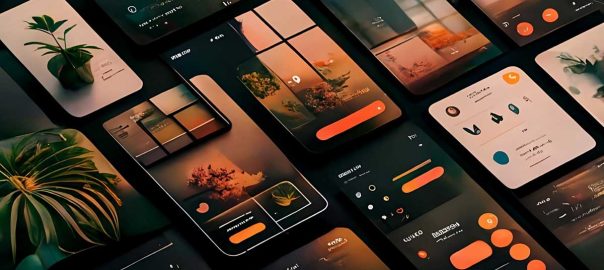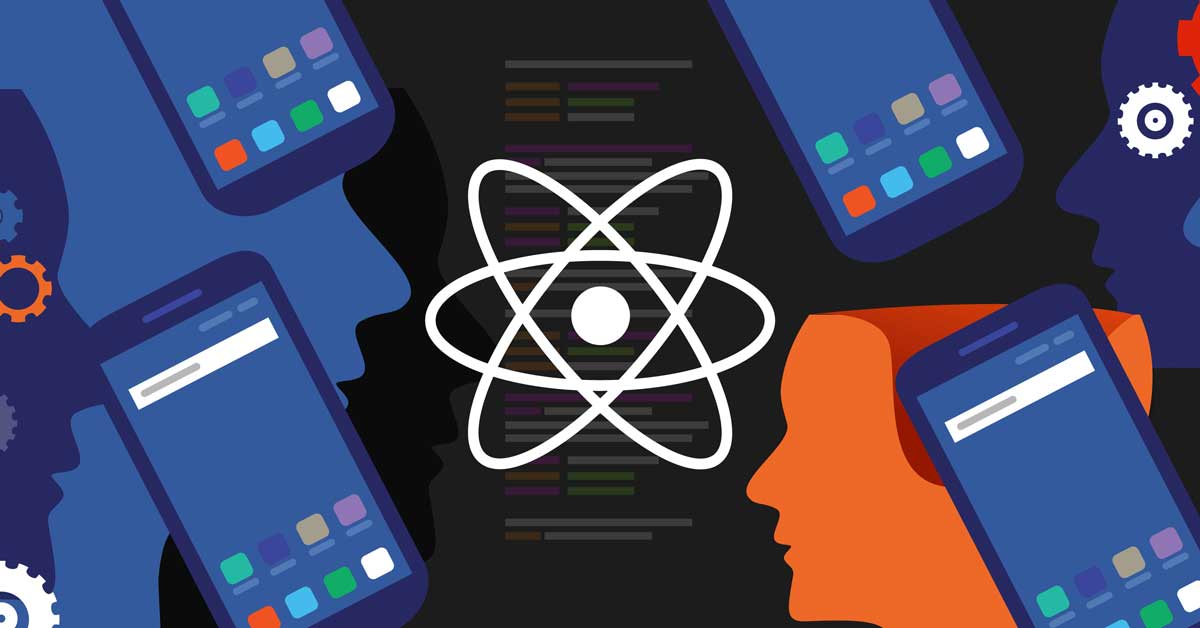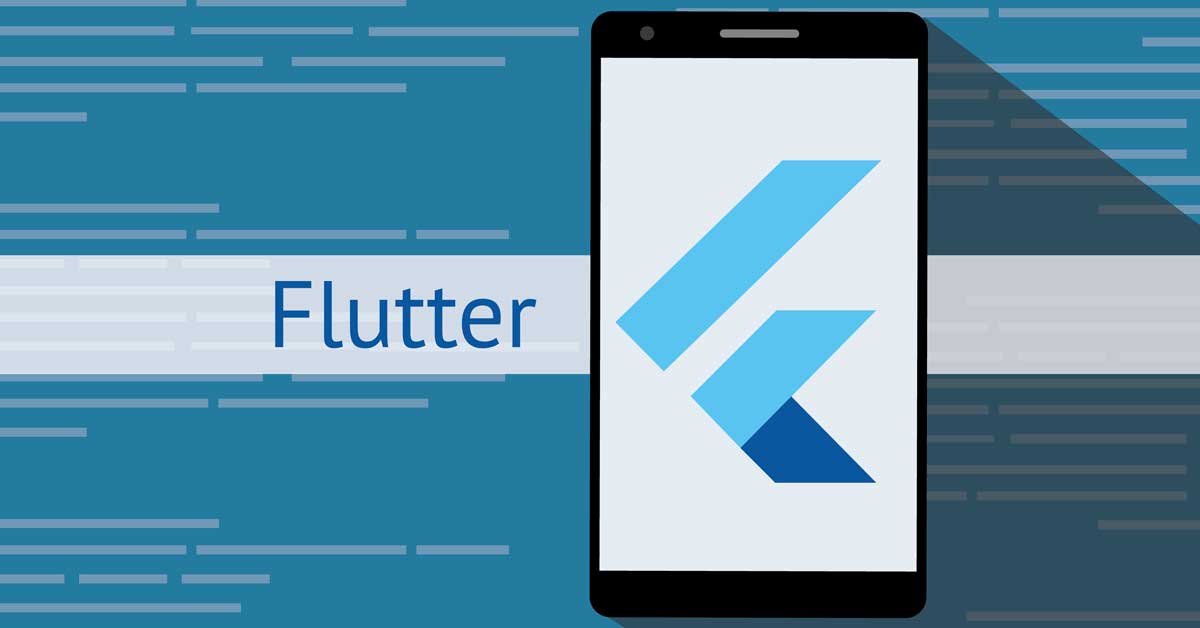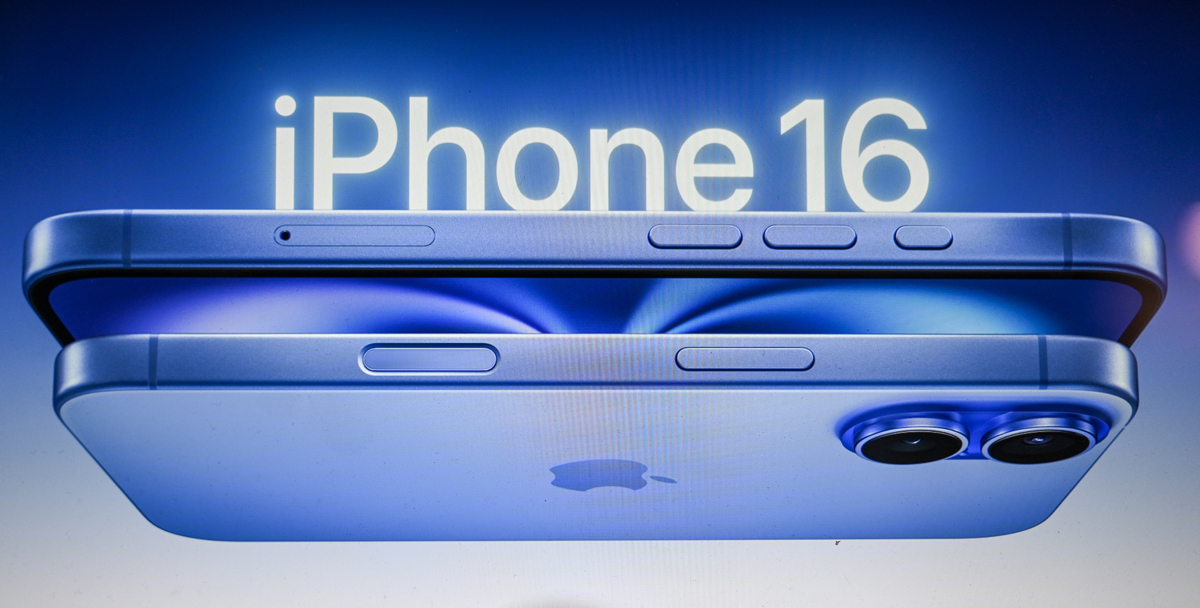
With every new iPhone release, Apple sets new standards, and the iPhone 16 is no exception. This latest marvel is packed with features that promise to transform how business leaders, tech executives, and influencers operate. In this blog post, we’ll explore the groundbreaking features of the iPhone 16, discuss its pros and cons, and take a sneak peek at what the future holds for Apple’s flagship product.
A Leap in Performance
With the iPhone 16 and 16 Pro, Apple is changing the way we think about smartphone photography. The new camera control buttons provide users with enhanced tactile feedback and more precise control over camera functions. These buttons make taking professional-quality photos and videos easier than ever, allowing users to focus on capturing the perfect moment with just a simple touch. Let’s dive into the details and see how these innovative features are set to transform the photography and videography landscape.
Cutting-Edge Processor
The iPhone 16 is powered by the A18 Bionic chip, delivering outstanding performance for seamless multitasking and productivity. Its advanced architecture boosts processing speeds while enhancing energy efficiency, ideal for long working hours. For tech leaders, the A18 effortlessly handles complex applications and data tasks, ensuring efficient operations and swift decision-making. With enhanced AI capabilities, businesses can leverage machine learning for predictive analytics and security, solidifying the iPhone 16 as an essential innovation tool in the corporate landscape.
Apple Intelligence Integration
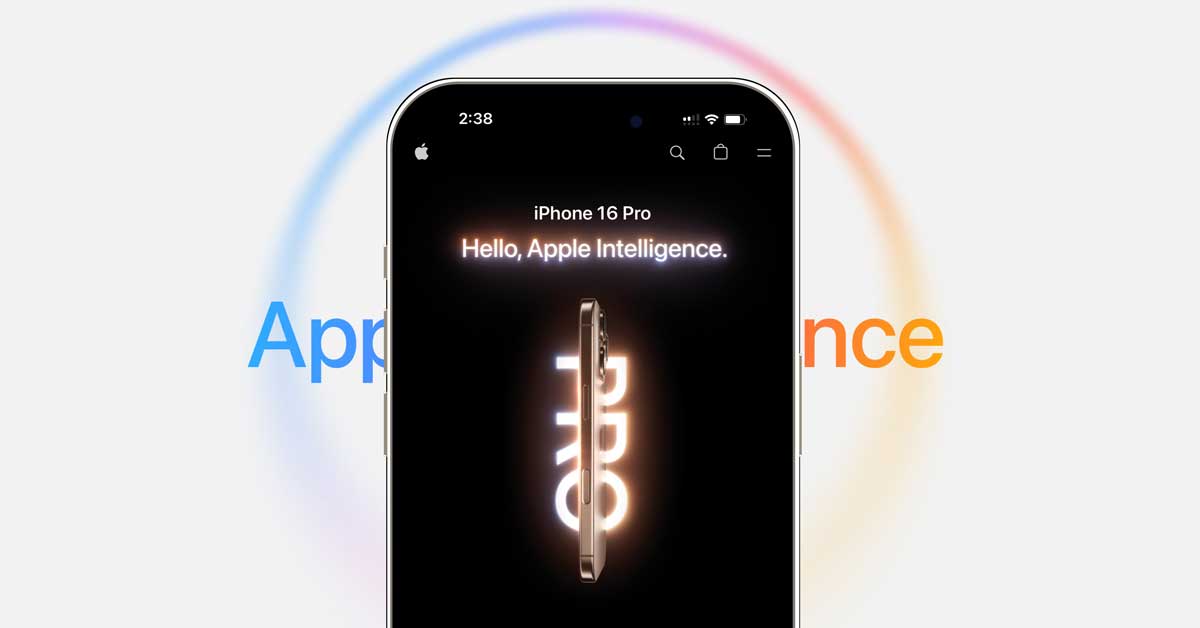
Apple Intelligence, an evolution of Siri with significantly upgraded AI and machine learning capabilities, is one of the standout features of the iPhone 16. This next-generation assistant is designed to become an indispensable business tool, offering seamless integration with various corporate applications and services. With enhanced natural language processing, Apple Intelligence understands and interprets complex commands and queries more accurately, providing precise and relevant responses.
For business leaders, Apple Intelligence can schedule and manage meetings, send emails, and compile reports simply through voice commands, reducing the need for manual input and minimizing errors. The AI’s advanced predictive analytics can forecast market trends and customer behaviors, delivering actionable insights to drive strategic planning. In customer service, Apple Intelligence can automate responses to common queries, improving response times and customer satisfaction.
Superior Battery Life
Battery life is crucial for business professionals on the go, and the iPhone 16 excels in this area, offering up to 27 hours of playback time for the iPhone 16 ProMax and 22 hours for the standard iPhone 16. This impressive battery life allows CEOs and business owners to stay connected without the constant search for an outlet.
Additionally, the iPhone 16 features fast charging capabilities, enabling quick top-ups during meetings or calls, ensuring users maintain productivity throughout the day. With smart energy-saving features that adapt to user habits, this device meets the demanding needs of busy professionals, alleviating the stress of low battery warnings in critical situations.
Enhanced Camera Ergonomics and Precision
The iPhone 16 and 16 Pro models revolutionize smartphone photography with new physical camera control buttons. These buttons are designed for optimal ergonomics, providing enhanced tactile feedback and precise control, similar to professional camera equipment. Integrated seamlessly with the iPhone 16’s photographic capabilities, they enable smooth navigation between modes, exposure adjustments, and zoom functionality, ensuring high-quality image capture. For professional photographers and content creators, the ability to make nuanced adjustments quickly is invaluable, enhancing the ability to capture fleeting moments without on-screen menu navigation. Constructed from high-quality materials and based on user feedback, these buttons cater to both amateur and professional users alike, setting a new standard for smartphone photography and accessibility to professional-quality imagery.
Redefined Display Technology

ProMotion XDR Display
The iPhone 16’s ProMotion XDR display for Pro models revolutionizes user interaction with its impressive refresh rate of up to 120Hz, resulting in smoother scrolling and sharper visuals. This advanced technology enhances the visual appeal of apps and videos while dynamically adapting to conserve battery life. With HDR support, users can enjoy a wider color gamut and improved contrast for more lifelike imagery. For professionals who rely on their devices for impactful presentations, the clarity and vibrancy of the display ensure that key messages resonate with audiences.
True Tone and HDR10+ Support
True Tone technology and HDR10+ support greatly improve the iPhone 16’s display by enhancing color accuracy and dynamic range. True Tone automatically adjusts the white balance to suit ambient lighting, ensuring a natural viewing experience that is crucial for creative professionals who need precise color representation. This allows artists and designers to work confidently, knowing their edits will reflect accurately on other displays. HDR10+ further elevates the visual experience with improved contrast and brightness, rendering photos and videos more vibrant and lifelike. For businesses, this means showcasing products with remarkable clarity, boosting marketing efforts and customer engagement, making the iPhone 16 an essential tool for effective communication and brand presentation.
Eye Comfort Mode
Eye Comfort Mode effectively reduces blue light emissions, minimizing eye strain for professionals who spend long hours on their devices. By adjusting the display’s color temperature in low-light conditions, it creates a warmer viewing experience that alleviates discomfort. Excessive blue light exposure can disrupt sleep and lead to digital eye strain, including symptoms like dryness and irritation. With Eye Comfort Mode, users can work late into the night or tackle early morning tasks without adverse effects, promoting visual well-being and maintaining productivity.
Security and Privacy
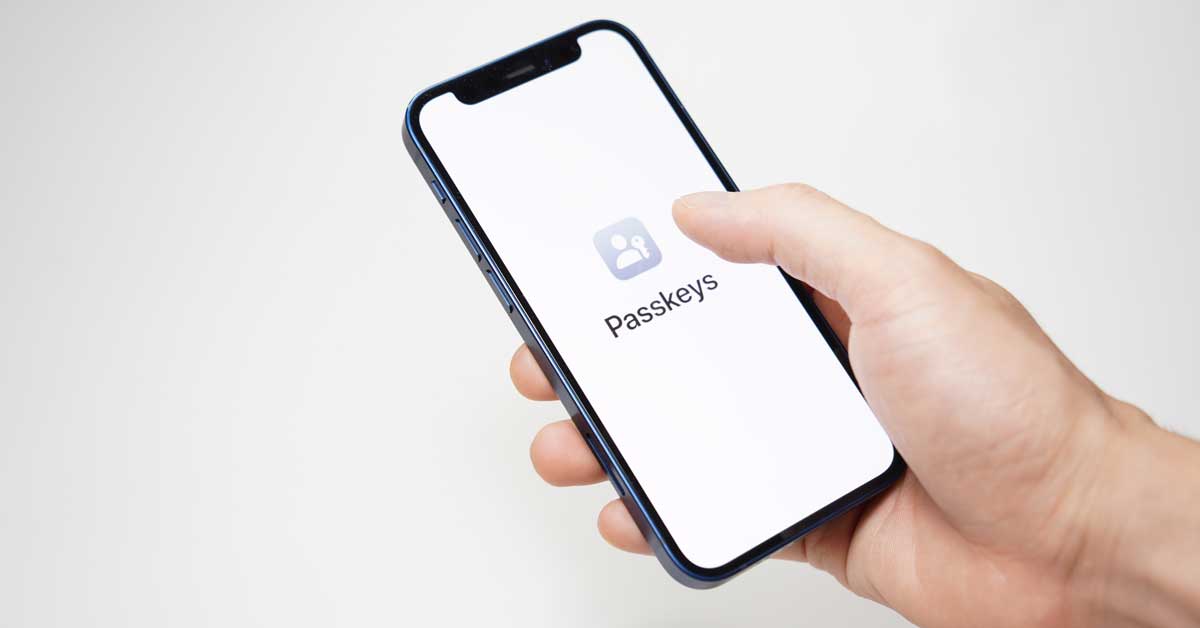
Advanced Face ID
Security is essential in business, and the iPhone 16 elevates this with Advanced Face ID, a facial recognition system that uses infrared sensors and machine learning for precise authentication. Unlike fingerprint scanners, it captures intricate facial details and functions well in various lighting conditions for swift access. This technology safeguards sensitive data with advanced anti-spoofing features and allows support for multiple user profiles, which is perfect for shared devices. With an error rate of just one in one million, Advanced Face ID enhances security while seamlessly integrating with secure payment systems, making it a vital resource for business leaders focused on safety and efficiency.
Secure Enclave
The Secure Enclave in the iPhone 16 is crucial for protecting user privacy and data integrity. It securely stores biometric data—like fingerprints and facial recognition—along with encryption keys, isolating this sensitive information from the main operating system to reduce exposure risks. This chip enables business executives to confidently store sensitive data while adhering to security standards. It performs cryptographic operations without exposing the underlying data, shielding against malware and unauthorized access. With its support for secure boot and device encryption, the Secure Enclave ensures device integrity from the outset, making it vital for compliance with regulations such as GDPR and HIPAA, thus fostering trust with clients.
Privacy-Focused Features
Apple’s dedication to user privacy shines through features like Mail Privacy Protection and App Tracking Transparency. Mail Privacy Protection enables users to conceal their IP addresses and keeps email open statuses hidden from senders, prompting marketers to rethink engagement metrics. Meanwhile, App Tracking Transparency requires apps to seek explicit user permission for tracking activity, allowing individuals to control their shared data.
Connectivity and Communication

5G Capabilities
The iPhone 16 features advanced 5G capabilities, providing faster download and upload speeds, reduced latency, and improved connectivity. This enhancement leads to seamless video conferencing and rapid file sharing, which is crucial for business owners and tech leaders. With speeds over 1 Gbps, users can enjoy high-definition streaming and quick access to cloud applications. The low latency significantly improves virtual meetings and collaboration, ensuring productivity for remote and global teams.
Wi-Fi 6E Support
Wi-Fi 6E support enhances wireless connections by utilizing the 6 GHz spectrum, which alleviates congestion found in the traditional 2.4 GHz and 5 GHz bands. This expanded bandwidth is vital in crowded environments like conferences and corporate offices, enabling multiple devices to connect simultaneously without speed loss. For technology executives, it means uninterrupted connectivity during meetings and seamless access to cloud services, promoting efficiency. Additionally, improved latency and capacity allow teams to collaborate in real time through video conferencing and shared digital workspaces, making Wi-Fi 6E an essential asset for organizations embracing hybrid work models.
Enhanced Audio Quality
Enhanced audio quality is achieved through spatial audio support and advanced microphone technology, providing an exceptional listening experience on the iPhone 16. Spatial audio creates a surround sound effect, making video calls feel more interactive and lifelike, which is particularly useful for CEOs conveying complex ideas without distractions. The improved microphone isolates the speaker’s voice while minimizing background noise, ensuring crystal-clear calls.
Business-Centric Features

Dedicated Business Mode
The iPhone 16 features a dedicated Business Mode designed to enhance professional productivity. This mode prioritizes work notifications and allows users to customize settings, focusing on essential apps while minimizing distractions. With enhanced Do Not Disturb options, personal notifications can be silenced during work hours, and users can set different profiles for various environments, such as meetings or focused work.
Seamless Integration with Apple Ecosystem
Seamless integration with the Apple ecosystem—including MacBooks, iPads, and Apple Watches—facilitates smooth transitions for business professionals using the iPhone 16. Users can employ features like Handoff to start a task on one device and effortlessly continue on another, such as finishing an email or sharing documents via AirDrop. This continuity allows access to the same files and applications across devices, enhancing collaboration with shared calendars, notes, and reminders. Such interconnectedness boosts productivity and ensures crucial information is readily accessible, empowering professionals to make informed decisions and respond swiftly to challenges.
Robust App Store for Business
The App Store offers a wide range of business applications, from project management to financial software, all optimized for the iPhone 16. Business owners can easily find tools tailored to their needs, like CRM systems and collaboration apps. Regular updates provide access to the latest features, and seamless integration with Apple’s ecosystem ensures efficient data sharing. Flexible in-app purchases and subscription models allow businesses to adjust their software usage as they scale. This extensive selection of apps helps professionals streamline operations and drive growth effectively.
Pros and Cons of the iPhone 16

Pros
The iPhone 16 delivers exceptional performance with the A18 Bionic chip, ensuring rapid efficiency and smooth multitasking, perfect for business professionals. Its ProMotion XDR display provides vibrant visuals and smooth scrolling, enhancing productivity for presentations and creative tasks. With advanced security features like Face ID and the Secure Enclave, users can trust that their sensitive data is well-protected. Connectivity is robust, thanks to 5G and Wi-Fi 6E support, facilitating fast video conferencing and quick file sharing. Moreover, Apple prioritizes user privacy with tools such as Mail Privacy Protection, empowering users to safeguard their information effectively.
Cons
Despite its many advantages, the iPhone 16 comes with a high price point, which may be a barrier for some consumers. The premium cost could prevent potential buyers from accessing its advanced features and capabilities. Additionally, limited customization options within Apple’s closed ecosystem can be a drawback for those accustomed to more flexibility offered by Android devices. This can leave some users feeling restricted in how they personalize their devices. Lastly, there is a learning curve associated with adapting to the new features and interface of the iPhone 16. Some users may find it challenging to navigate these changes, which could hinder their overall experience with the device.
Future Plans for the Next iPhone
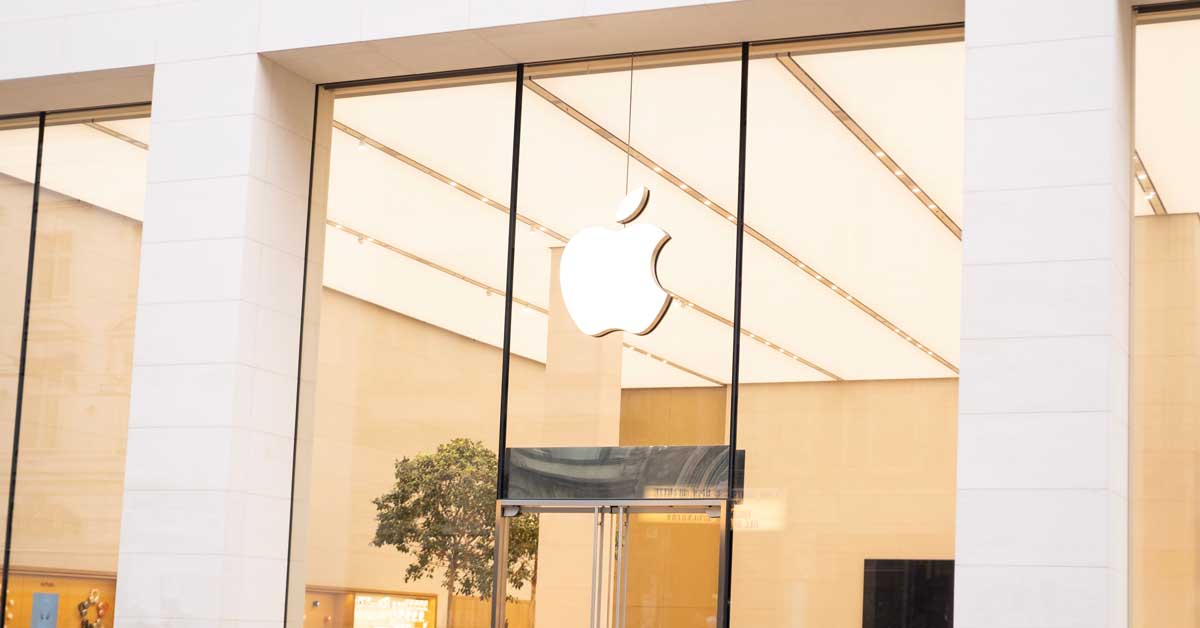
Continuous Innovation
Apple is renowned for its unwavering commitment to continuous innovation, and the future iPhone models will undoubtedly expand upon the advancements introduced with the iPhone 16. Anticipate the emergence of even more powerful processors that leverage cutting-edge semiconductor technology, providing unparalleled performance and efficiency for demanding applications. Enhanced AI capabilities are on the horizon as well, with machine learning algorithms becoming more sophisticated, enabling features such as predictive text, advanced photo editing, and superior personal assistant functionalities.
Augmented Reality (AR) Integration
Augmented Reality (AR) is poised to be a key feature in future iPhone models, significantly enhancing user experiences in both personal and professional settings. Apple’s ongoing investment in AR technologies highlights its commitment to this innovation. Upcoming iPhones are expected to feature advanced AR capabilities, including better object recognition and realistic virtual overlays, which could transform industries with immersive shopping experiences, virtual try-ons, and interactive training sessions involving 3D models.
Sustainability Efforts
Apple is dedicated to reducing its environmental impact, and future iPhones will likely incorporate more sustainable materials and energy-efficient technologies. The company’s commitment to sustainability extends beyond product design; it encompasses the entire lifecycle of its devices, from sourcing raw materials to manufacturing, transportation, and eventual recycling. For instance, Apple aims to use 100% recycled aluminum in the enclosures of its products, which significantly reduces the demand for newly mined metals and minimizes carbon emissions associated with extraction processes.
Conclusion
The iPhone 16 stands as a monumental leap in business technology, providing unmatched performance, robust security, and superior connectivity. For business professionals, tech executives, and influencers alike, it is an indispensable tool that fuels productivity and sparks innovation. As we peer into the future, Apple’s unwavering dedication to innovation promises even more groundbreaking advancements. Be sure to stay tuned for the final blog in our BioTech series, where we will explore exciting developments in medical diagnostics and imaging.

